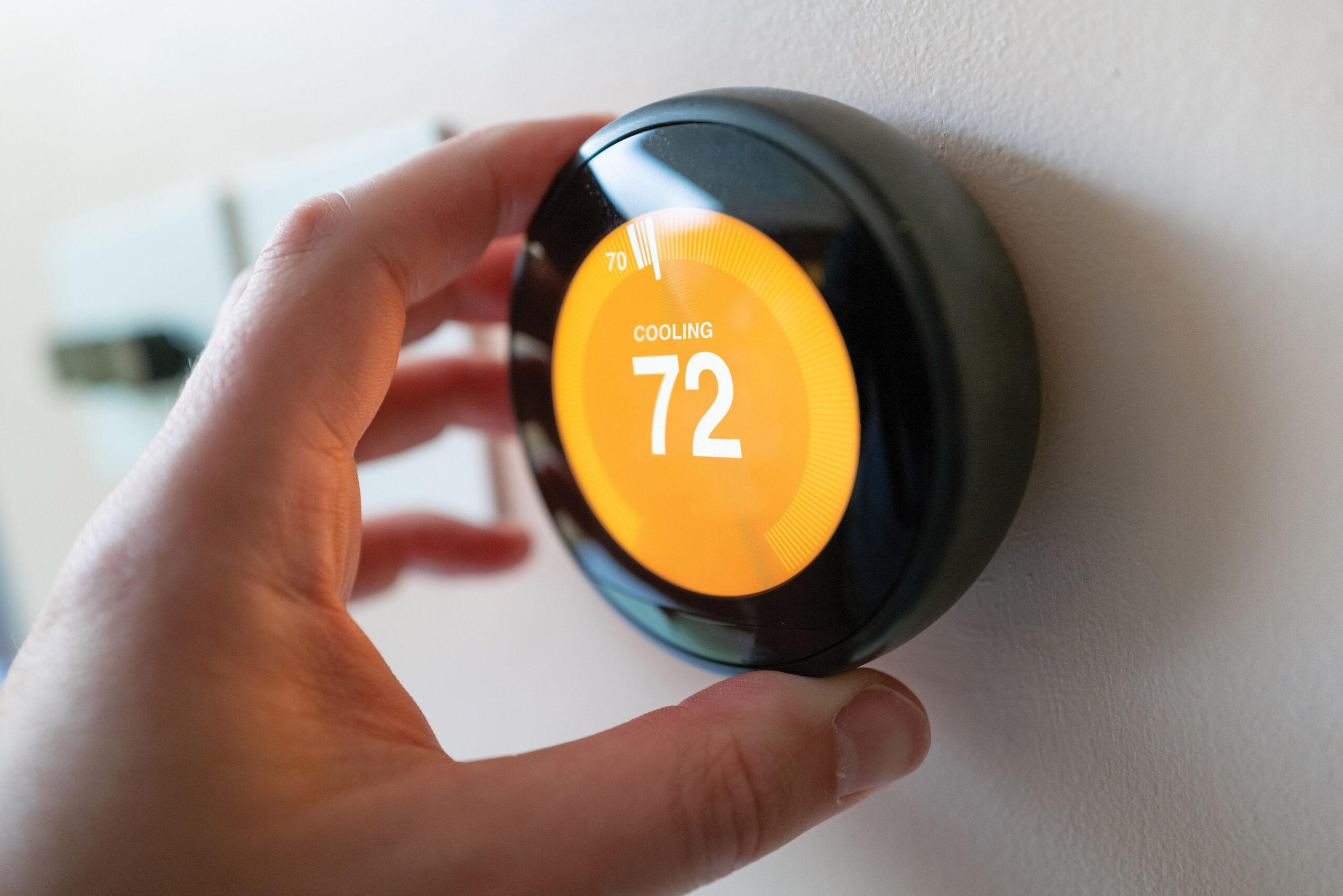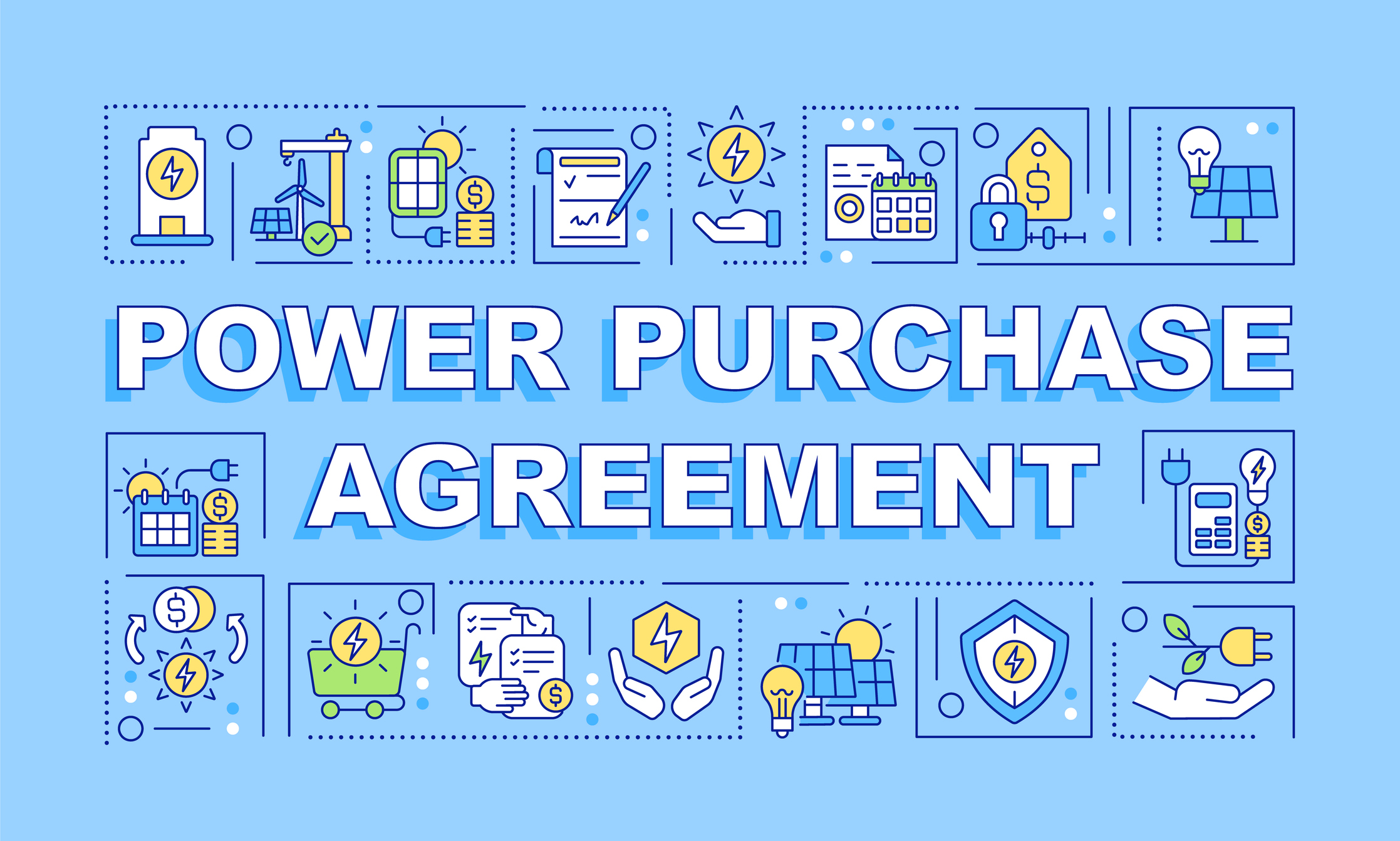To meet the increased demand brought on by electrification efforts, utilities have turned to distributed energy resources (DER) and demand flexibility programs to manage electric demand. With DER initiatives, utilities can consolidate the various community assets—like rooftop solar, EV batteries, and more—into a grid-scale resource designed to provide renewable energy during peak periods of demand, while demand response conservation programs minimize usage outright. Both of these strategies are part of the bring your own device (BYOD) process, which uses the Internet of Things (IoT) to interconnect ratepayers and utility providers through their specific device of choice. Getting started with a BYOD utility program isn’t easy, but we’re here to help with our handy best practices guide.
Getting Started
Before any work begins, utilities must determine the devices that they will include in their programs. To enable a BYOD utility program, program managers must select the type of Grid-Edge distributed energy resource management system (DERMS) to manage their various device assets, whether for a demand flexibility or DER program.
The BYOD Utility Program Process
Having selected your DERMS and device partners, program managers are ready to start their BYOD utility program. Often, clients use an open enrollment process to encourage potential customers to enlist their devices for demand response or DER programs. This setup is called a Bring Your Own Device (BYOD) program.
While some software solutions work to ensure that this process is frictionless and easy, it’s possible for customers to trip up along the way. Below we outline some of the common steps in establishing a BYOD utility program process—at least when everything goes to plan.
Information Center
Whether it’s a program page on your utility website or a microsite dedicated to your programs, creating a space that contains all the pertinent information is your first step. Wherever or however you host this information, the idea is to have somewhere customers can go to get a program overview. That should include information about what the program is, what types of devices are eligible, the potential incentives, and any other pertinent information that customers would need to know in order to determine if they qualify before they enroll and participate. Once that information is determined, customers will then need to enroll, so let’s look at what a general enrollment form might look like.
The BYOD Intake Form
Part of the development process is in determining the optimal design for your BYOD utility program intake form. Your BYOD intake form is how you receive information from eligible customers during the enrollment phase. The questions involved in any intake form will vary dependent on your needs, but the following subsections are useful starting points:
- Personal Information – This field is, as the name implies, a section dedicated to identifying your customers, including their requisite account information. Make sure to require contact information like a phone number, and a permission field that allows for SMS texting, so that you can use customer engagement tools to contact participants prior to an event to allow them to opt in or out. You should also consider collecting bill keys or account numbers so that program managers can confirm that the individuals enrolling are eligible to participate.
- Terms & Conditions – Each utility BYOD utility program has unique characteristics that are reflected in the customer terms and conditions. These typically outline specifics about compensations, opt-outs, and the responsibility of the customer to maintain wifi connection for the enrolled device. For example, this section may outline the requirements that enrollees must meet in order to qualify for an incentive.
- Enrolling a Device – Finally, when applicable customers enroll their specific device, which provides the pertinent information to connect devices with their respective DERMS, although in some cases this is managed by the manufacturer instead. As such, this section can prove tricky, depending on the device type. For example, if your BYOD utility program is designed for water heaters, you might consider issuing instructions on how and where to find the necessary information, which is typically found on the actual device in a closet or crawlspace that may not be accessible to everyone.
Again, BYOD forms will vary depending on the needs of your organization. For example, some original equipment manufacturers (OEMs) provide customer marketing content, like push notifications to customer apps or through emails letting customers know that they are eligible for a utility program in their area. In that case, the OEM may be fielding some of the questions pertinent to your BYOD utility program, meaning that your point of data collection may depend on who is collecting what. Still, in general, these best practices serve as a helpful starting point in determining the information you need to enroll—and develop—program participants.
Issuing Approvals, Rebates
Internally, program managers will have to sort information in their software solution. Ideally, your solution will allow program managers to ensure that those enrolling are within the utility’s service area and have a valid address. Once enrollment is complete, participants should receive a notice. As to rebates or incentives, while many utilities use third-party contractors to help process rebates, some providers can manage incentive processing for you. Incentives may include:
- Recurring billing credits
- Prepaid cards
- Checks
- Device rebates
BYOD Utility Program Enrollment Conclusion
Ultimately, the goal of any program manager is to streamline the development and deployment process of any project. With our tips for BYOD utility program enrollment, we hope to help program managers build a greener tomorrow through the higher participation rates needed to meet your programmatic goals. Did we miss anything? Let us know by signing off in the comments on social media or contacting us through our site!






